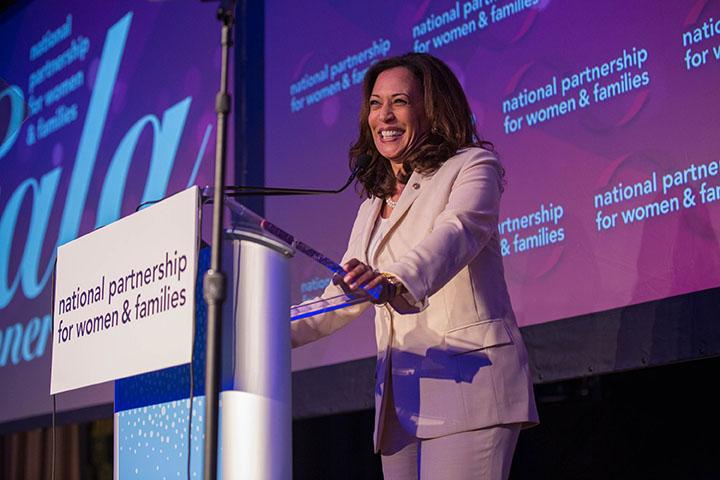At some point, nearly everyone will need to take time away from work to deal with a serious personal or family health condition, or to bond with a new child.
Only 27 percent of workers in the United States have access to paid family leave through their employers, and just 41 percent have access to personal medical leave through employer-provided short-term disability insurance. Eight in ten voters support a national paid family and medical leave program that would allow all working people to care for a new child; a seriously ill, injured or disabled loved one; or their own health issue.
And yet, our nation’s public policies are failing to meet the needs of workers and their families. Unpaid leave under the federal Family and Medical Leave Act (FMLA) provides important job protections, but it is available to fewer than 60 percent of workers — and many can’t afford to take it.

Laws providing paid family and medical leave allow workers to continue to earn a portion of their pay while they take time away from work to:
- Address a serious health condition (including pregnancy);
- Care for a family member with a serious health condition;
- Address family circumstances arising from a military service member’s deployment; or
- Care for a newborn, newly-adopted child or newly-placed foster child.
These laws allow workers to meet their health and family needs without jeopardizing their economic security. Paid leave programs in a growing number of states – that address a workers' own health and the needs of family caregivers – provide models for the changes we need.
We’re working with lawmakers and advocates across the country to support a range of innovative proposals to make paid family and medical leave available to all working families.
Family And Medical Insurance Leave (FAMILY) Act
A national paid leave program would allow people to receive a portion of their pay when they need time away from their jobs for family or medical reasons – resulting in significant benefits for their families, businesses and our economy. Learn More
Paid Leave Fact Sheets
Our nation’s public policies are failing to meet the needs of workers and their families. Unpaid leave under the federal Family and Medical Leave Act (FMLA) provides important job protections, but it is available to fewer than 60 percent of workers. Learn More
State Paid Leave Laws
Paid leave programs in a growing number of states — that address a workers’ own health and the needs of family caregivers — provide models for the changes we need. Learn More
Paid Leave Research
Research continues to show the pressing need for paid family and medical leave for working families. For example, research has shown that the U.S. lags far behind other high-income countries in providing paid parental leave — putting our nation at a competitive disadvantage. Learn More

